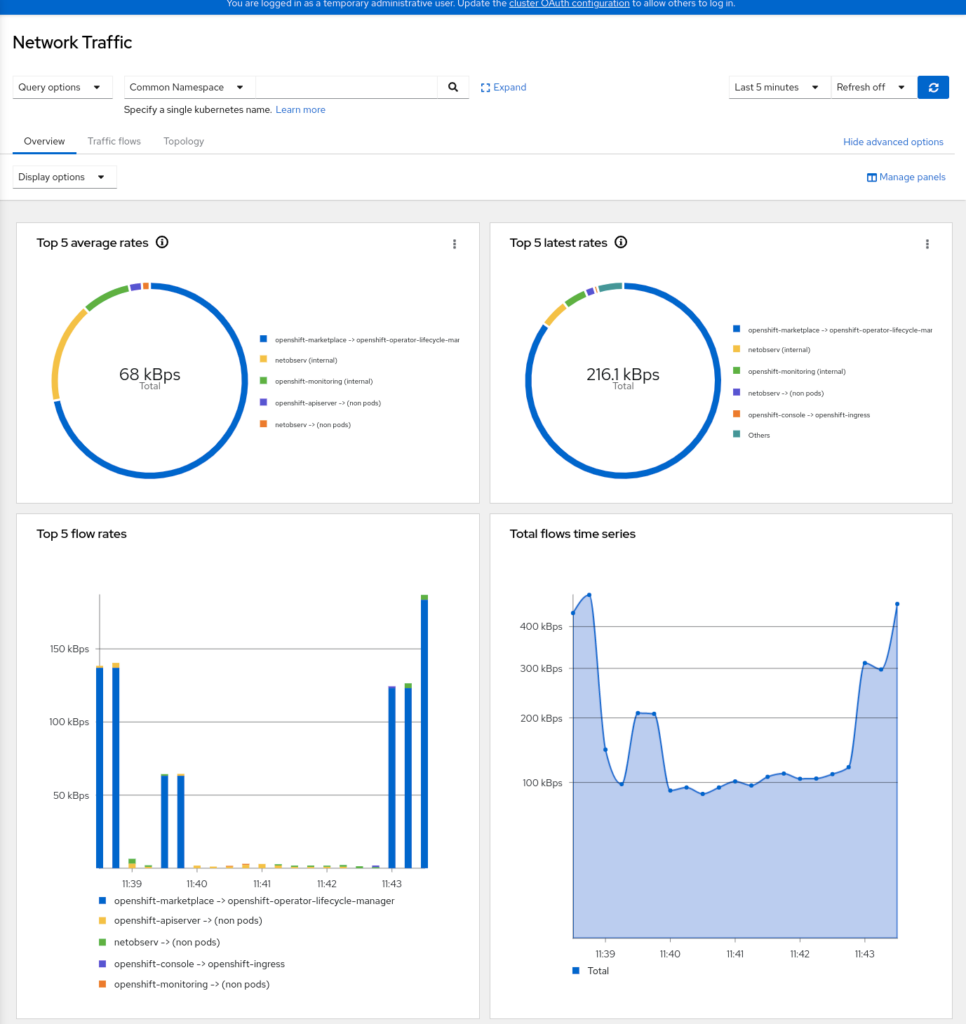Red Hat OpenShift Update Extends Reach of Operators for Kubernetes
Red Hat today released updates to the Kubernetes-based Red Hat OpenShift platform, adding Operators to simplify security, compliance and networking.
In addition, Red Hat is adding support for instances of Arm processors running on the Microsoft Azure Cloud, an agent-based installer for disconnected instances of the platform and 24 months of support for even-numbered releases of the platform.
Operators are software extensions that use custom Kubernetes resources to automate application and software component management. The Security Profiles Operator, for example, makes it possible to distribute security policies that leverage the Seccomp module in the Linux kernel across Kubernetes nodes and namespaces more easily.
An Ingress Node Firewall Operator, meanwhile, enables IT teams to configure firewall rules at the node level using the Kubernetes application programming interface (API) server, while a Network Observability Operator makes it simple to collect metrics, flows, topology and tracing to identify network bottlenecks.
Finally, an existing Compliance Operator has been enhanced with the addition of PriorityClass, a tool that enables IT teams to have more control over which Kubernetes pods to scan first.
Tushar Katarki, director of product management for Red Hat, says version 4.12 of Red Hat OpenShift is intended to make it simpler to manage fleets of Kubernetes at scale regardless of whether they are deployed in the cloud, in a data center or at the network edge. The challenge now is finding ways to further simplify the management of one of the most powerful yet complex platforms to ever be adopted by enterprise IT organizations, he notes.
Katarki says the latest update to the Red Hat OpenShift platform, based on version 1.25 of Kubernetes, makes it simpler to enforce cybersecurity policies using Operators that automate tasks that previously might have required a cybersecurity specialist. That’s critical at a time when the number of cybersecurity professionals with Kubernetes expertise remains limited, Katarki adds.
Red Hat continues to make a case for employing its distribution of Kubernetes at the core of a hybrid cloud computing strategy that leverages Kubernetes APIs to make it simpler to build and deploy both modern container-based applications and legacy virtual machine-based applications. The latter are deployed using open source kubevirt software that makes it possible to encapsulate a virtual machine so that it can be orchestrated by a Kubernetes cluster.
It’s still early days as far as adoption of Kubernetes clusters in the enterprise is concerned, but the number of clusters running in production environments has increased significantly over the last two years as enterprise IT organizations move beyond experimentation. One of the primary drivers of that adoption is Kubernetes’ ability to dynamically scale compute resources up and down to reduce the total cost of IT. In contrast, legacy applications running on virtual machines require a dedicated amount of infrastructure resources to be allocated to each machine.
Regardless of the motivation, however, the need to further simplify the management of Kubernetes clusters to make the platform much more accessible to the average IT administrator is crucial.




